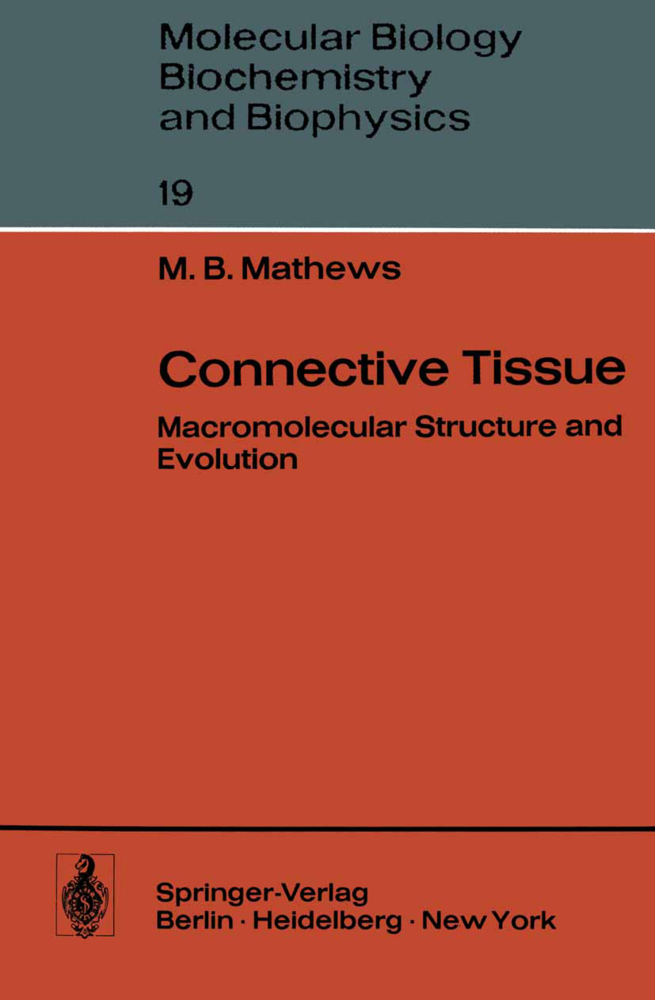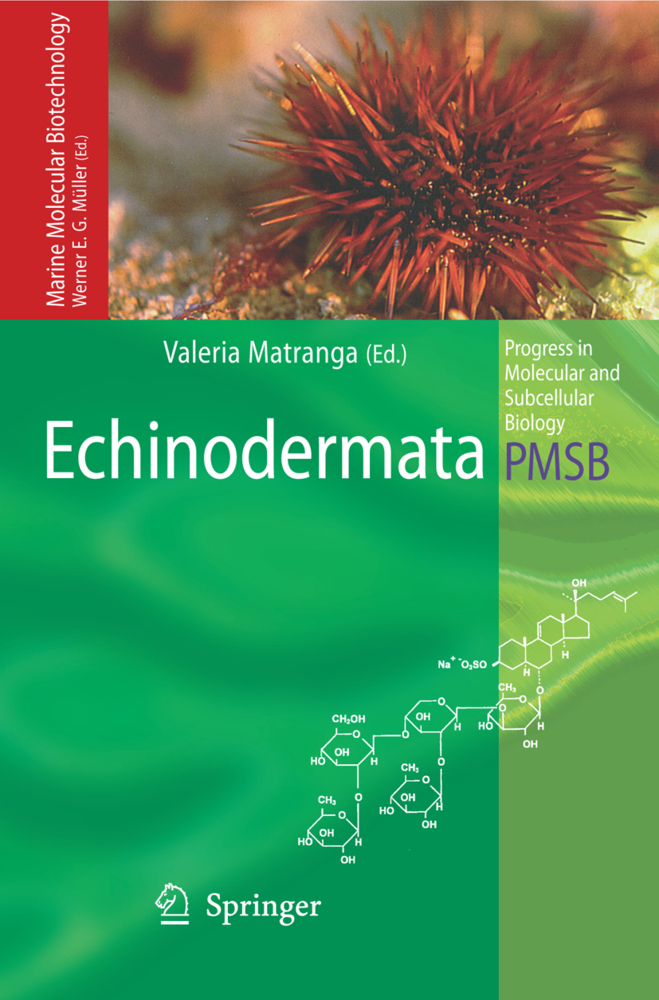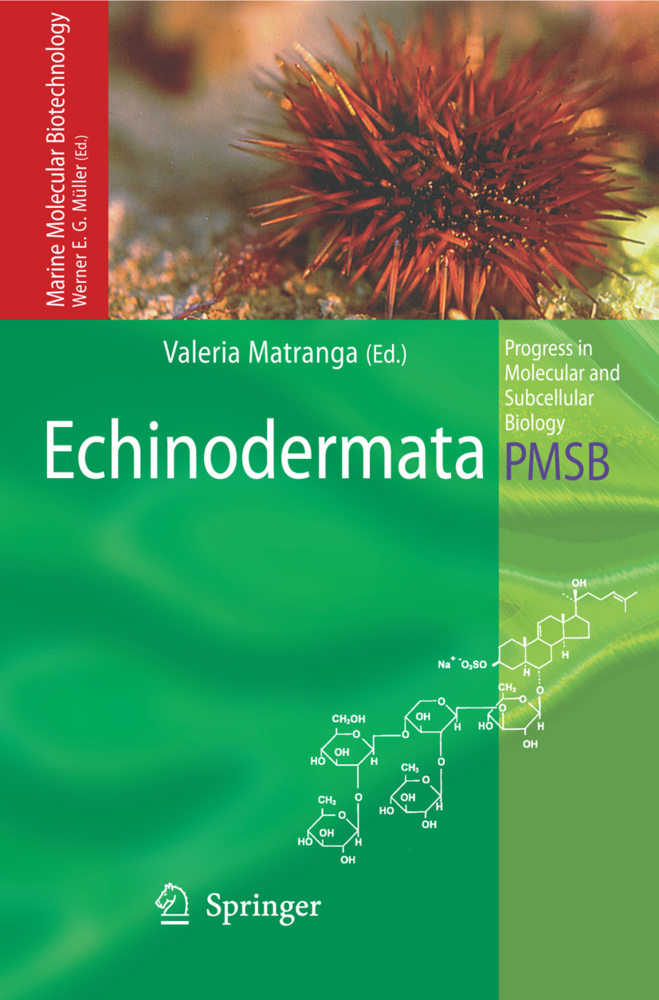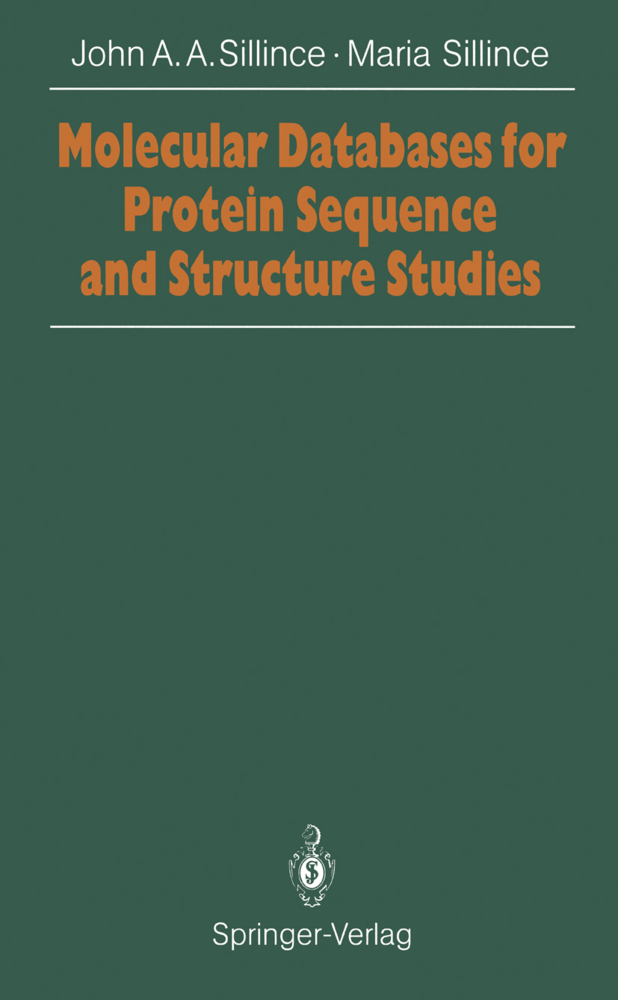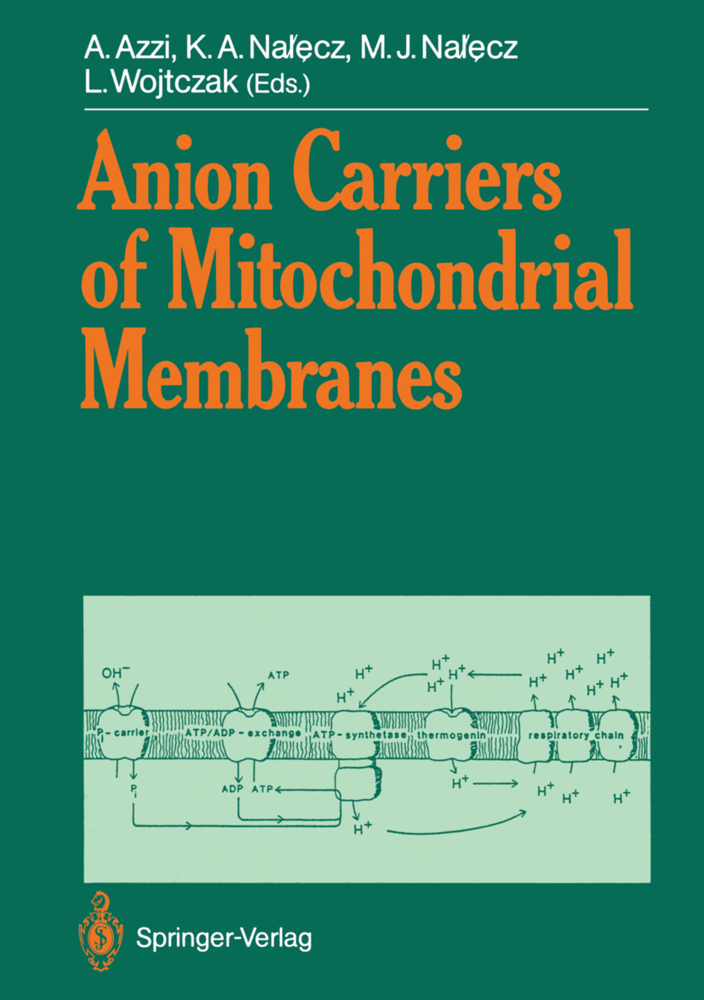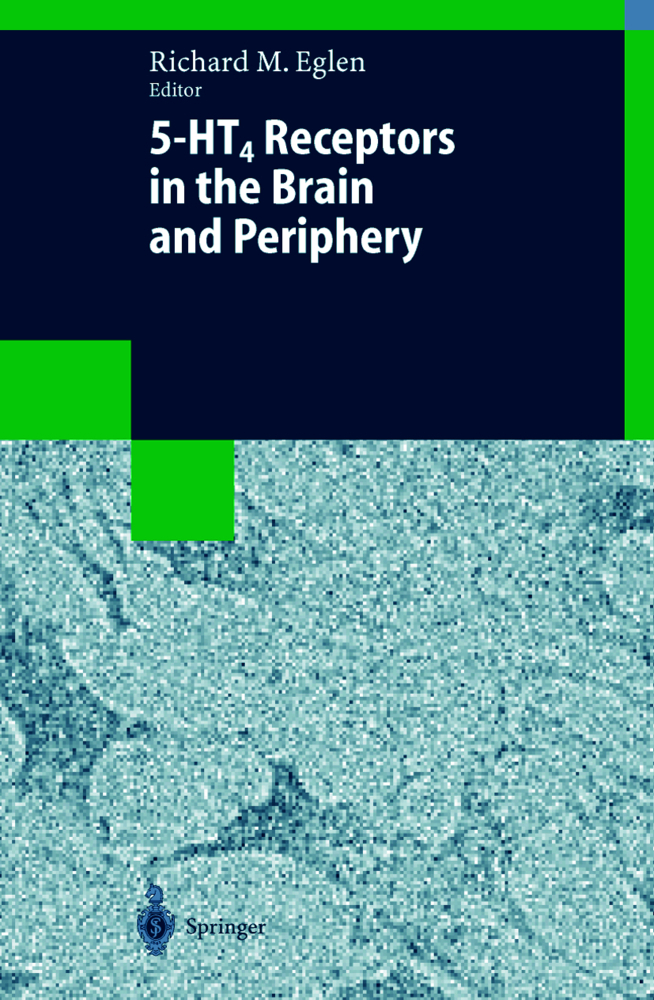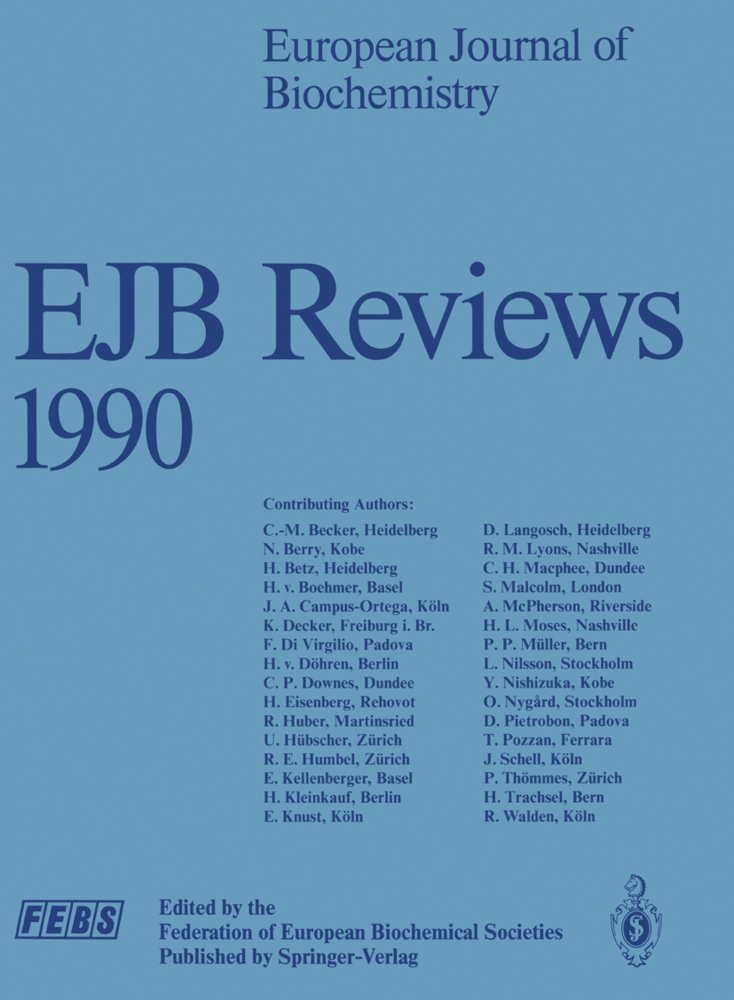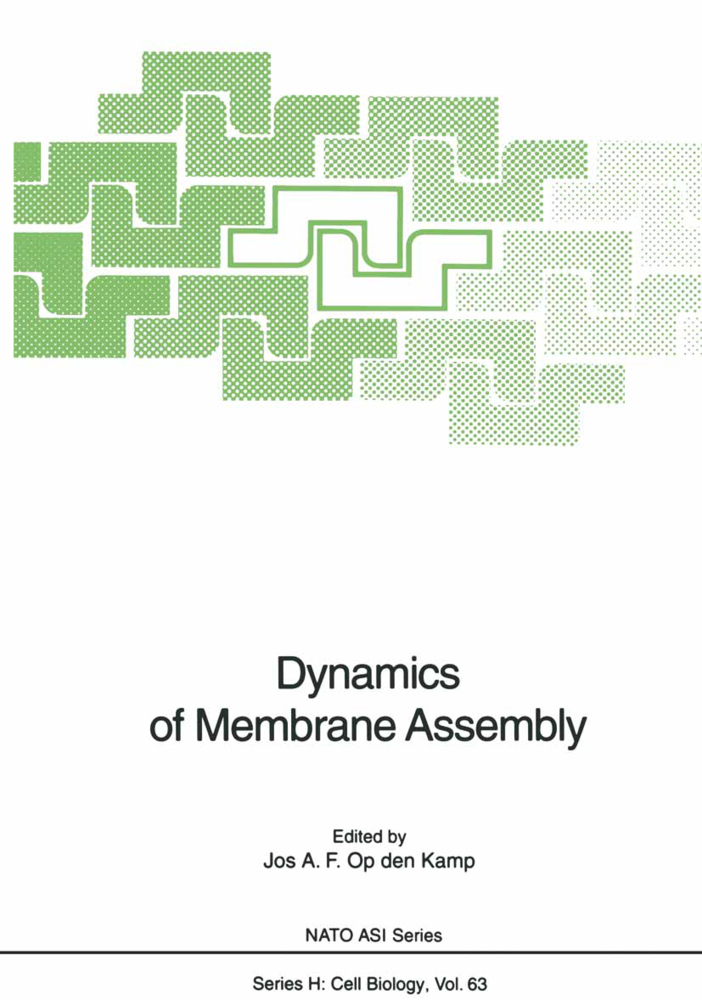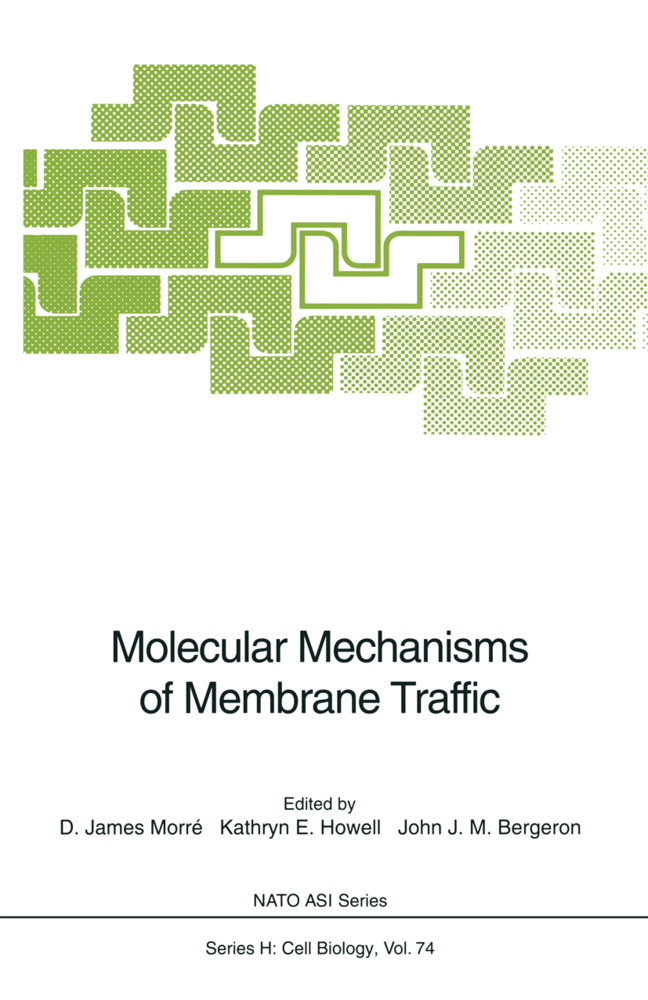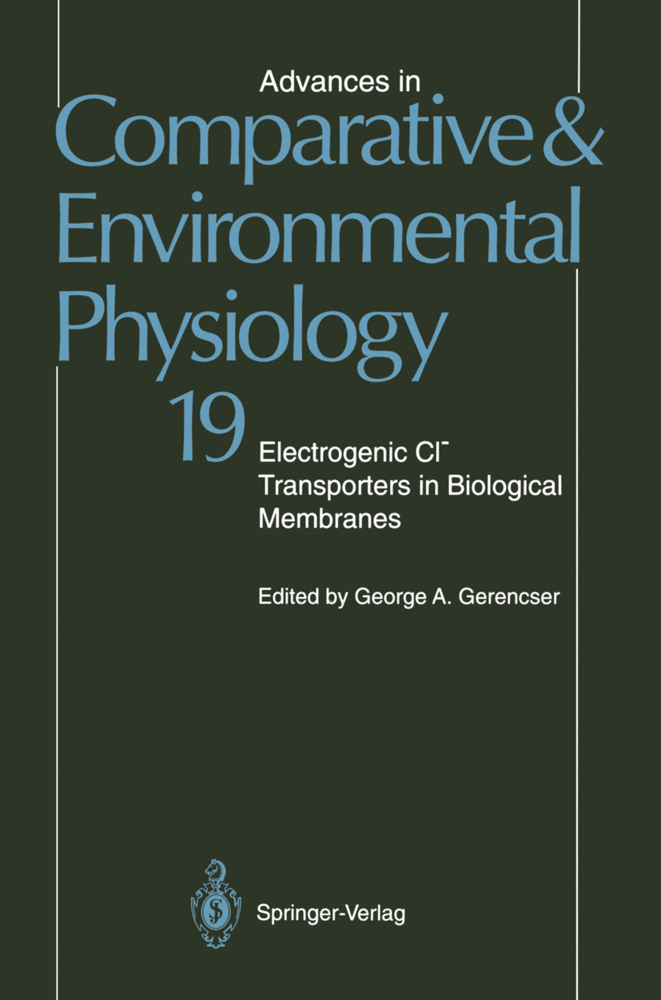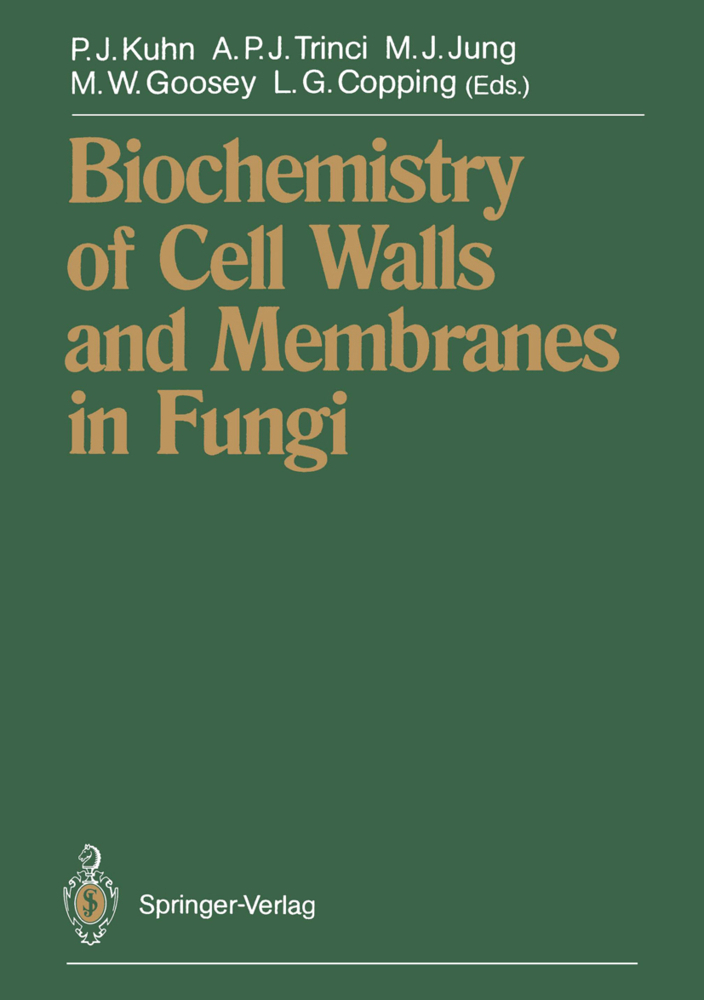Connective Tissue
Macromolecular Structure and Evolution
Connective Tissue
Macromolecular Structure and Evolution
This book deals primarily with the principal extracellular macromole cules of animal connective tissues. It attempts to answer some general questions about the biological organization of the tissues: What is the nature of this organization at various dimensional levels? What functions does the organization serve? How has it evolved? I have given major emphasis to the structures and properties of the macromolecular components of extracellular matrices from a wide range of invertebrates and vertebrates. In doing so, however, I have treated cursorily many important aspects of connective tissue biology that appeared to be only indirectly relevant to the principal questions asked. On the other hand, I have not hesitated to search for broad biological principles outside the prevailing conceptual boundaries of animal connective tissues and the lower molecular dimensional levels. The numerous speculations presented will, I hope, stimulate the reader to further thought and investigation. Acknowledgements My previously unpublished data that have been included in this volume could not have been obtained without the generous gifts of specimens and other assistance by a number of individuals and institutions. These are Dr. G. BERENSON of Louisiana State University, Drs. W. P. BRAKER and D. ZUMWALD of the Shedd Aquarium, Dr. S. H. CHUANG of the Univer sity of Singapore, Dr. L. G. CLARK and Mr. U. M. VARELA-DIAZ of the University of Pennsylvania, the Government of Nicaragua, Dr. E. CLARK of Cape Haze Marine Laboratories, Mr. C. E.
2. Methodology
2 The Tissues
1. Principles
2. Molecular Unity and Diversity
3. Morphology
3 Collagen
1. Identification
2. Chemical Structure
3. Aggregate Forms
4. Stability
5. Comparative Biochemistry
6. Invertebrate Collagen
7. Deuteros tomia
8. Chordata Acrania Collagen
9. Chordata Craniata (Vertebrate) Collagen
10. Basement Membranes and Vitrosin
11. Biosynthesis
12. Immunology
13. Evolution
14. Development and Aging
4 Elastin
1. Identification
2. Primary Structure
3. Secondary Chemical Features
4. Fibril Organization
5. Comparative Biology
5 Structural Glycoproteins
1. Characterization
2. Invertebrate
3. Vertebrate
4. Conclusions
6 Polyanionic Proteoglycans
1. Characterization as Parent Types
2. Structure of the Linkage Region
3. Comparative Macromolecular Structures of Proteoglycans
4. Biosynthesis
5. Immunology
6. Evolutionary Relationships
7 Polyanionic Glycans of Cartilage, Bone and Notochord
1. Biological Significance
2. Invertebrates 12
3. Lower Deuterostomia
4. Vertebrates
5. Calcified Cartilage, Bone and Teeth
6. Discussion
8 Polyanionic Glycans in Development and Aging of Vertebrate Cartilage
1. General Considerations
2. Lower Vertebrates
3. Amphibia
4. Birds
5. Mammals
6. Discussion
9 Polyanionic Glycans of Other Tissues
1. Introduction
2. Invertebrates
3. Chordata Acrania
4. Chordata Craniata (Vertebrata)
5. Discussion
10 Molecular Interrelationships and Functions
1. General Considerations
2. Primary Level - Molecular Properties
3. Macromolecular Interactions
4. The Tissues
5. Extrinsic Factors Influencing Function
6. Conclusions
11 Conclusion
References.
1 Introduction
1. General Considerations2. Methodology
2 The Tissues
1. Principles
2. Molecular Unity and Diversity
3. Morphology
3 Collagen
1. Identification
2. Chemical Structure
3. Aggregate Forms
4. Stability
5. Comparative Biochemistry
6. Invertebrate Collagen
7. Deuteros tomia
8. Chordata Acrania Collagen
9. Chordata Craniata (Vertebrate) Collagen
10. Basement Membranes and Vitrosin
11. Biosynthesis
12. Immunology
13. Evolution
14. Development and Aging
4 Elastin
1. Identification
2. Primary Structure
3. Secondary Chemical Features
4. Fibril Organization
5. Comparative Biology
5 Structural Glycoproteins
1. Characterization
2. Invertebrate
3. Vertebrate
4. Conclusions
6 Polyanionic Proteoglycans
1. Characterization as Parent Types
2. Structure of the Linkage Region
3. Comparative Macromolecular Structures of Proteoglycans
4. Biosynthesis
5. Immunology
6. Evolutionary Relationships
7 Polyanionic Glycans of Cartilage, Bone and Notochord
1. Biological Significance
2. Invertebrates 12
3. Lower Deuterostomia
4. Vertebrates
5. Calcified Cartilage, Bone and Teeth
6. Discussion
8 Polyanionic Glycans in Development and Aging of Vertebrate Cartilage
1. General Considerations
2. Lower Vertebrates
3. Amphibia
4. Birds
5. Mammals
6. Discussion
9 Polyanionic Glycans of Other Tissues
1. Introduction
2. Invertebrates
3. Chordata Acrania
4. Chordata Craniata (Vertebrata)
5. Discussion
10 Molecular Interrelationships and Functions
1. General Considerations
2. Primary Level - Molecular Properties
3. Macromolecular Interactions
4. The Tissues
5. Extrinsic Factors Influencing Function
6. Conclusions
11 Conclusion
References.
Mathews, M. B.
| ISBN | 978-3-642-80906-4 |
|---|---|
| Artikelnummer | 9783642809064 |
| Medientyp | Buch |
| Auflage | Softcover reprint of the original 1st ed. 1975 |
| Copyrightjahr | 2013 |
| Verlag | Springer, Berlin |
| Umfang | XII, 320 Seiten |
| Abbildungen | XII, 320 p. |
| Sprache | Englisch |

